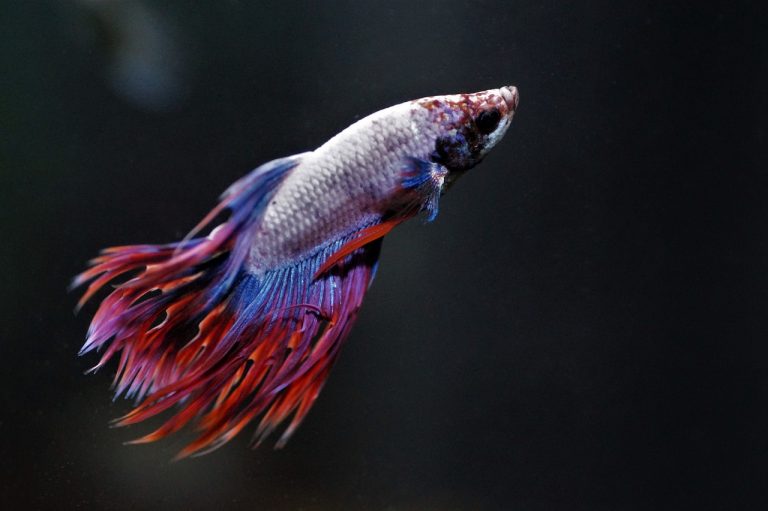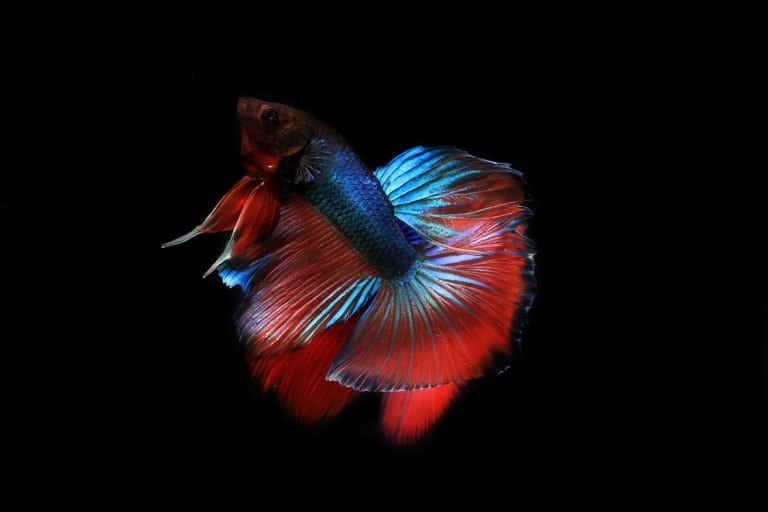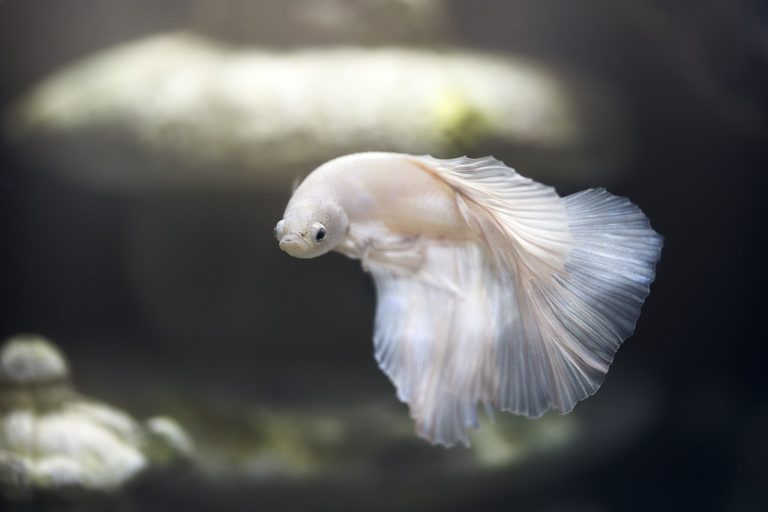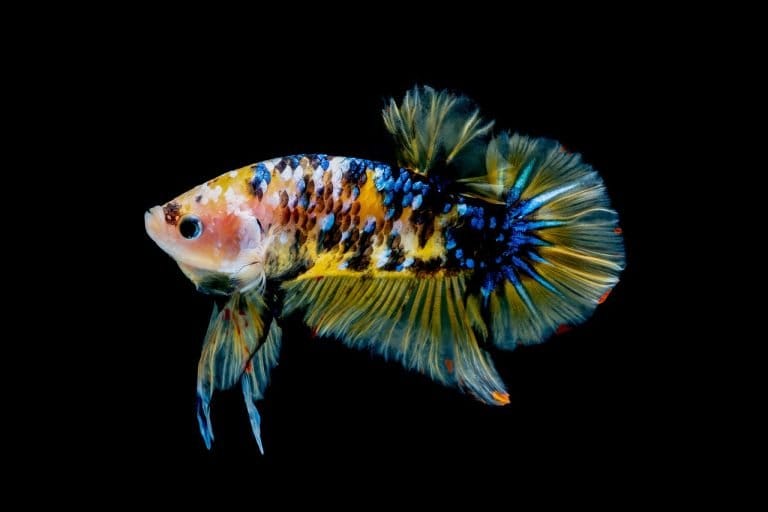Glass surfing, the peculiar behavior where betta fish swim vertically up and down their tank walls, often perplexes and concerns aquarists. This introduction seeks to unravel the motivations behind this action, exploring the nuanced interplay between a betta fish’s environment and its well-being.
Recognizing the intrinsic value of freedom for all beings, we will delve into the factors that may restrict the natural behavior of these captivating creatures, such as stress inducers, inadequate tank conditions, and potential health issues.
By examining the elements that may impinge upon their liberty, we can better understand how to foster a habitat that aligns with the betta’s instinctual needs, thereby promoting a harmonious life within the confines of their aquatic home.
Key Takeaways
- Glass surfing in betta fish can indicate various environmental or health-related issues.
- Stress factors such as inadequate water parameters, overcrowding, and lack of mental stimulation can contribute to glass surfing behavior.
- Optimal tank conditions and habitat complexity are crucial to prevent glass surfing.
- Persistent glass surfing may indicate underlying health issues, and prompt attention and diagnosis are necessary.
Deciphering Glass Surfing Behavior
Many aquarists observe their betta fish engaging in glass surfing, a behavior characterized by the fish repeatedly swimming along the aquarium walls, which can indicate various environmental or health-related issues.
This activity may initially seem like curiosity exploration, as bettas are known for their intelligence and interest in their surroundings. However, when the pattern persists, it suggests a more complex scenario requiring careful analysis.
Territorial display is another potential explanation, as bettas are naturally inclined to establish and patrol their domain. The act of glass surfing could be an attempt to interact with perceived intruders reflected in the glass.
It is imperative to assess the totality of the aquarium environment, including water quality, space, enrichment, and potential stressors, to determine the root cause of this behavior.
Stress Factors in Betta Fish
Frequently, betta fish exhibit glass surfing behaviors as a response to stress factors that can range from poor water conditions to social isolation. Understanding these stressors is crucial for maintaining the well-being of betta fish, each with unique personalities and behaviors.
Here are several stress factors that may trigger glass surfing:
- Inadequate water parameters, such as incorrect pH levels or high ammonia concentrations
- Overcrowded tanks or incompatible tank mates that disrupt the betta’s territory
- Insufficient mental stimulation or environmental enrichment leading to boredom
- Lack of privacy for mating displays or rest, essential for betta fish who are naturally solitary
Tank Conditions and Setup
Optimal tank conditions, including water quality and habitat complexity, are imperative to prevent glass surfing behavior in betta fish. An appropriate aquarium size is crucial; a volume less than 5 gallons restricts movement and can induce stress, leading to persistent glass surfing. Adequate space affords the betta fish freedom to exhibit natural behaviors and navigate the environment without constraint.
Furthermore, effective filtration systems are essential for maintaining stable water parameters, ensuring the removal of toxic nitrogen compounds and providing oxygenation. A well-maintained filtration system supports a conducive ecological balance within the tank, thereby minimizing stressors that may trigger aberrant behaviors such as glass surfing. Employing both mechanical and biological filtration will enhance water clarity and quality, contributing to the overall well-being of the betta fish.
Health Concerns and Symptoms
The persistent glass surfing behavior in betta fish may be symptomatic of underlying health issues that require prompt attention. When observing such patterns, aquarists should systematically evaluate the fish’s condition, considering potential ailments that might provoke this erratic swimming motion. Notably, the swim bladder—a gas-filled organ that aids in buoyancy control—may be implicated in such distress.
Disease treatments should be contemplated only after careful diagnosis. For a comprehensive understanding, consider the following indicators of health concerns:
- Irregular swimming patterns, including difficulty maintaining buoyancy.
- Signs of physical distress, such as bloated or pineconed appearance.
- Reduced appetite or refusal to eat.
- Lethargy or abnormal inactivity, diverging from the betta’s typical vigor.
Addressing these symptoms expeditiously can enhance the betta’s well-being and mitigate the progression of potential diseases.
Enrichment and Preventative Measures
While addressing the immediate health concerns connected to glass surfing is paramount, implementing enrichment and preventative measures can significantly reduce the incidence of this behavior in betta fish. A scientifically-supported approach to enrichment involves introducing boredom solutions and interactive toys that can stimulate the betta’s environment, promoting mental engagement and physical exercise. Here is a table summarizing potential enrichment strategies:
| Enrichment Type | Description |
|---|---|
| Interactive Toys | Objects that move or change to engage the betta’s curiosity. |
| Habitat Complexity | Adding plants or decor to simulate a natural environment. |
| Varied Diet | Introducing a range of foods to stimulate foraging behavior. |
| Scheduled Interaction | Regular periods of human interaction and play. |
| Training Exercises | Teaching simple tasks or tricks to provide mental stimulation. |
These measures offer a proactive stance on betta welfare, catering to their instinctual needs and encouraging a thriving life in captivity.





